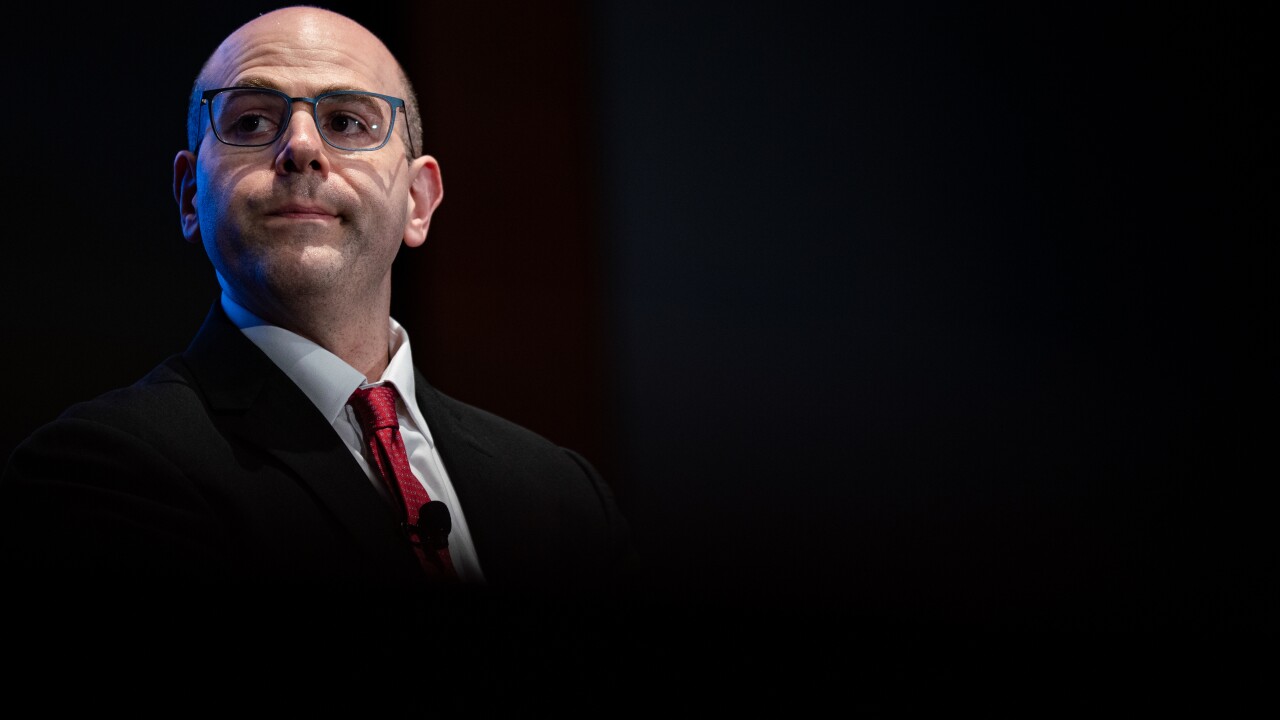
It is no secret that the size of an institution is a huge factor when it comes to achieving significant membership and loan growth, but few credit unions are striking mergers that would give them that scale.
Simply put: Bigger credit unions continue to get bigger, while organic growth for small and midsize credit unions remains challenging.
"They can't grow," said Peter Duffy, managing director for Piper Sandler. "They don't have the capital to grow. They don't have enough resources or manpower to grow and they're not attracting young members."
Recently released data from the National Credit Union Administration bears that out.
For example, credit unions with between $100 million and $500 million of assets saw membership fall 3% over the year ended Dec. 31, 2022. By comparison, credit unions above $1 billion of assets experienced nearly 8% membership growth.
So although growth is obviously stronger at the higher end of the asset spectrum, the number of credit unions with total assets greater than $500 million rose by only one year-over-year to 709 in the fourth quarter.
So why aren't more sub-$500 million-asset credit unions merging to gain size and the fruits that come with it?
Duffy said inertia is one factor.
"A fairly large amount of institutions between $200 million and [$1 billion] are saying 'I guess I'm just here to hang on until I can pass it on to somebody else,'" he said. "And so they don't take the calls."
But they should, Duffy said.
That's because factors including increased competition from fintechs and the growing cost of technology and regulation are making it increasingly difficult for small institutions to compete.
"The drivers of consolidation are growing, not shrinking," he said. "And there are good deals out there."
But the average asset size of a merged credit union in the last 10 years has been around
Pinnacle Credit Union in Atlanta is working through a
Matt Selke, CEO of the $91 million-asset Pinnacle, said $500 million is the "sweet spot" for economies of scale and the general asset size where a credit union can survive an even heavier regulatory burden.
"The problem in the industry is we are seeing smaller credit unions get swallowed up by larger credit unions," Selke said. "The goal of our merger project is to have an actual partnership to retain the best parts of each credit union instead of becoming part of [
The NCUA classifies credit unions with at least $500 million of assets as "complex," but Duffy said the added regulatory requirements that come into play at that level are in no way an inhibitor to credit unions merging to reach that mark.
"The NCUA's requirements of complex credit unions are not a hindrance to their ability to run their institution and compete," Duffy said.
Tim Scholten, founder and president of the credit union and community bank consultancy Visible Progress, said another factor keeping mergers at bay is the challenge of finding similar fields of membership.
For example, Scholten has worked with one credit union that only serves police and fire workers, and it would not be interested in merging with an institution with a different membership base, he said.
"To be honest, I expect the larger credit unions to be the ones
Vincent Hui, managing director at Cornerstone Advisors, said there are many discussions between credit unions about mergers but they often don't progress due to incompatibility of culture, misalignment of strategies, differing risk appetites and the opportunity cost.
He said that while credit unions often talk about being member-centric, mergers that make sense frequently don't move forward because executives want their side to "win," and so they focus on control.
"In other words, they focus more on merger structure than a thoughtful evaluation of the value-creating opportunities of a merger," Hui said.
Still, Hui expects more mergers of equals in coming quarters.
"There are bold leaders who will be open-minded about mergers," he said. "The mergers of peers we've seen are a tribute to the thoughtful and collaborative boldness of the leadership of both institutions."






